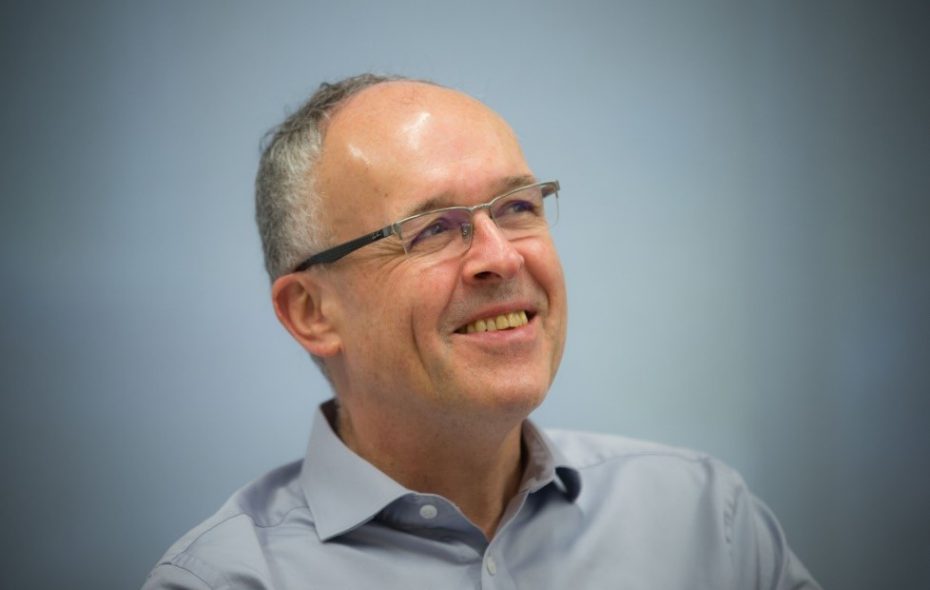
By John Sinden, CEO of Glialign
Drug discovery and development has never been more of a focus, for the public, researchers and investors. Cell and gene therapies are often regarded as a silver bullet of the future, but what challenges stand in the way?
Cell and gene (C&G) therapies have been one of the primary drivers in the value uplift of the biotech sector in the past decade. The discovery that cytotoxic immune cells can be genetically modified to attack a patient’s own blood-borne cancer cells has transformed leukaemia (and possibly in the next decade many other cancers including solid tumours) into a curable disease. Alongside this, the advent of induced pluripotent stem cells (iPSCs) and their ability to produce any cells either as progenitors or fully differentiated cell types has progressed substantially. We are now seeing the first trials starting using iPSC-derived dopaminergic neurons for currently untreatable disorders including Parkinson’s Disease and Type 1 diabetes.
Similarly, gene therapies have taken off based on curative success in, for example, orphan monogenic retinal diseases, e.g. Luxturna for RPE65, and more recently mass-market diseases such as Amgen’s Imlygic for melanoma.
However, C&G therapies are costly. Manufacturing and logistics are more complex than small molecule therapy, requiring cold chain storage and more challenging patient dosing. This is a particular difficulty for autologous therapies, where the collection of patient material, development of the therapy and transport at either end needs to be in sync. This puts pressure on all parties and in turn, inevitably, drives up the cost.
External contract manufacturing organisations (CMOs) were seen as the future of C&G therapy manufacturing 10-15 years ago. Now, this is recognised to be almost impossible. The manufacture of each individual therapy requires specificity and specialism; CMOs, by nature, need to be more generalist to support multiple projects. So if outsourcing is not an option, each facility must find a way to manufacture its own therapy.
Added to this is the variability between therapies. With treatments based on patient material, every product is inevitably going to be different. Working with chemicals is predictable, working with patient samples much less so. Therefore scale-up is a huge challenge – it is not just a case of getting a bigger tank as it would be for more traditional medicine production.
Automation is likely to be an important tool for solving these issues, allowing easier, more consistent, cost-effective manufacture of C&G therapies. Moreover, every step in the supply chain needs to be GMP validated, and the use of automated data tracking and validation would help to achieve this.
C&G therapy companies can’t follow the same growth models as with previous therapies; they need new infrastructure, manufacturing processes, supply chain logistics and regulations to achieve the high quality, consistency and safety required for patient application.
The challenges are well recognised, and many companies are finding ways to overcome them. Enabling technologies are helping store, transport and preserve cell therapies more efficiently to give the whole process more flexibility.
For example, currently, the only way to store these treatments is via cryopreservation. This requires both the manufacturer and the recipient to have special facilities and is accompanied by a very complicated supply chain. Cryopreservation can also change the composition of the product which may have implications for patient safety.
We need more research, knowledge and time for the technology to mature. The end goal is accessible, affordable allogenic therapies around the world, but we have a lot of work to do to get this this point. This is still a very young industry and the first 20 years have not been easy. There is lots to do before these treatments will be widely available for use.
For the past year, access to normal processes has been blocked, as all resources have been directed to developing a vaccine for COVID-19. Many non-COVID clinical trials have been put on hold and been unable to secure trial participants or access materials. Added to this, labs have been closed, which has delayed research and development.
However, more investment than ever is being channelled into drug discovery and development, and public interest and support has never been higher following the pandemic. Watch this space - the next decade is going to an exciting one.
Glialign Limited was established in 2018 by Professor James Phillips and Dr John Sinden at UCL School of Pharmacy to develop novel and ground-breaking surgical peripheral nervous system injury (PNI) repair/regeneration products, arising from James Phillips’ laboratory at the UCL School of Pharmacy in London. Seed funding was delivered by the UCL Technology Fund and the UK Science and Innovation Seed Fund along with Innovate UK.
Glialign is seeking funding to develop an engineered living nerve growth guide, designated EngNT, an off-the-shelf nerve tissue replacement, primarily to replace the surgical allograft. This advanced therapy cell-biomaterial is ready for GMP manufacture and final preclinical development. A plan to complete these tasks and achieve top-line data readout of a Phase I/II safety and preliminary efficacy clinical trial has been developed and costed at approximately £3.0M.
With this funding, Glialign will complete the major development milestone of Phase I/II clinical trial data readouts of EngNT. Further PNI repair and regeneration products are moving from the Phillips lab into the Company if finance is available.